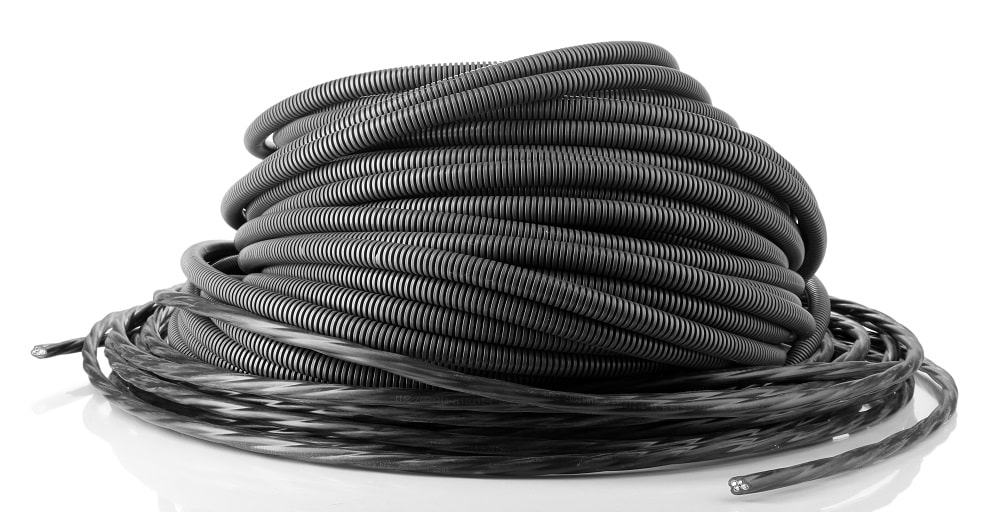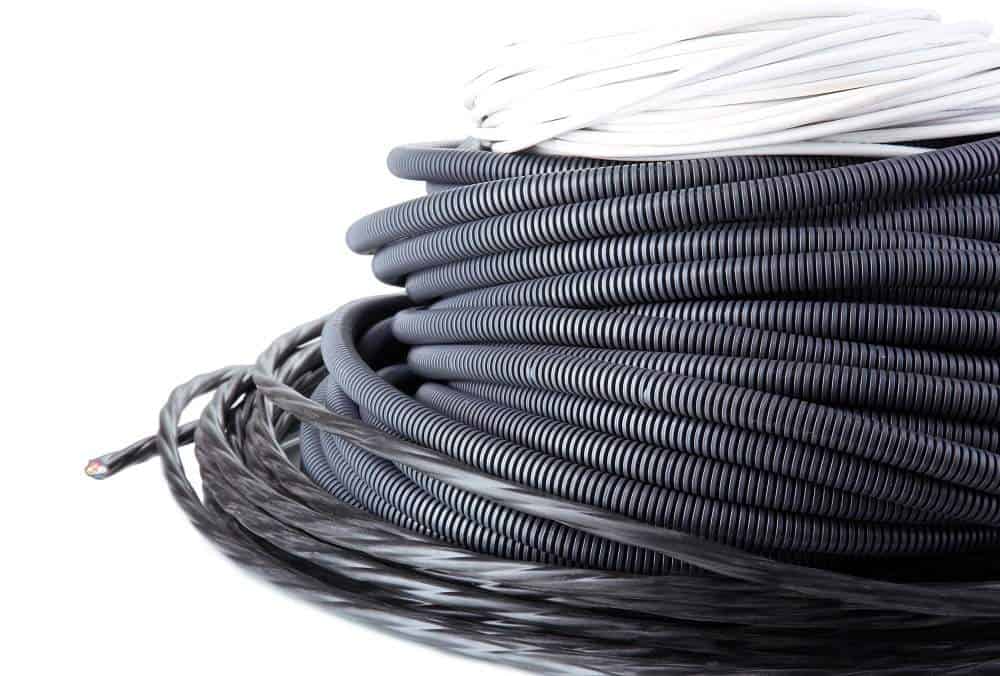Tubes are long, hollow, cylindrical objects made of glass, metal, or plastic. They’re designed for handling liquids or gases. They can also be used as a protective casing for wires and cables.

One, in particular, is called convoluted tubing. Its name comes from its odd shape, which gives it more flexibility and high resistance to heat, pressure, and abrasion. But, what exactly is it?
While there are different types today, this blog will discuss standard flex convoluted FEP tubing. Read on to learn what it is, how it’s made, and its available styles.
Understanding Convoluted FEP Tubes
Convoluted tubing has an intricately folded, coiled, or twisted shape. Its unique design allows it to bend naturally, making it more flexible and stronger than the average tube.
Its core material, FEP, or fluorinated ethylene propylene, is a transparent polymer. It’s made through the polymerization of hexafluoropropylene and tetrafluoroethylene (TEP), a gaseous fluorocarbon which becomes Teflon after processing.
As a result of the shape and material, convoluted FEP tubing has the following properties:
- Chemical Resistance
- Hydrophobia
- Low Friction
- Excellent Electrical Insulation
- High Density
- High-Temperature Resistance
- High Abrasion Resistance
- Transparency
How It’s Made
Convoluted tubing was first manufactured by pulling a wire down a smooth bore tube. The action created the distinct convolutions of the material.
Once the entire length was convoluted, the wire attached to the tubing was retained so the shape would remain. However, this process was time-consuming and manually inefficient. As a result, automated technology was created to make it easier to mass-produce.
Modern convoluted tubes have double the original amount of material compared to standard smooth bore tubes. This gives them more reinforcement, allowing them to have increased flexibility and the ability to handle higher pressures.
The circumferential strength also becomes stronger through the hoop strength added after the convolution. As a result, the tubes are capable of being winded between machinery and turning sharply in corners.
Unlike Teflon, FEP doesn’t have memory. This means the material doesn’t remember its sizing dimensions once extruded. As a result, it doesn’t revert to its original shape when it comes into contact with heat or chemicals.
During the manufacturing process, tubes are extruded convoluted. When a cuff is added, the manufacturer sometimes applies additional stress to pull the convolutions out. While it can be smoothed out, the remnants of the lines where the convolution started and ended can be seen.

Types
Manufacturers can produce different styles of convoluted FEP tubes, which are:
- Low Profile: It’s made with a large inside diameter that provides better flow space
- Heavy Wall: It has a denser wall to give it more strength when handling vacuums and pressure
- Close Convolution: It has more convolutions per square inch, which creates a tighter pitch, or more flexible tubing
- Compressed Convolution: It has smaller convolutions, which allows it to be very flexible; it can also handle lower pressures
- Reverse Convolution: To solve the problem of twisting, the convolutions are angled in the opposite direction
- Wire-Wrapped Convoluted: This is reinforced with wire to improve its crush resistance and handle tighter pitches
- Mil-Spec Convoluted: This tubing is specifically made to meet AMS-T-81914 specifications for aerospace requirements
These are what you need to know about convoluted FEP tubes. Visit Tef – Cap Industries Inc. to buy industrial wall FEP tubing.
